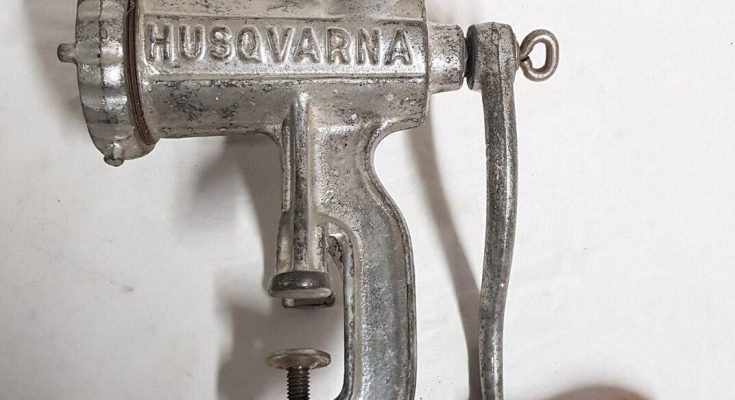Have you ever wondered about the origins of the kitchen utensils we use daily? Let’s take a historical journey to explore the development of a crucial kitchen appliance: the blender.
Our exploration starts in the mid-19th century, a period ripe with innovation aimed at simplifying kitchen tasks. In 1856, Baltimore tinsmith Ralph Collier was granted a patent for the first rotary mixer. Soon after, in 1857, E.P. Griffith introduced the whisk, a novel tool for blending ingredients. Another significant invention came in 1859 when J.F. Monroe patented his manual egg beater in the United States.

These inventions garnered the interest of the Dover Stamping Company, which acquired the Monroe Brothers’ patent. The Dover egg beaters, later dubbed the “Dover beater,” became a household name in America. In fact, a 1929 recipe from the Gazette newspaper in Cedar Rapids, IA, highlighted the Dover beater in a recipe for “Hur-Mon Bavarian Cream.”
The advent of electricity marked a new era with Rufus Eastman debuting the first electric mixer in 1885. However, it was the Hobart Manufacturing Company that truly transformed the industry with their commercial electric mixers introduced in 1914.
By the early 20th century, brands like Hobart KitchenAid and Sunbeam Mixmaster became popular among consumers, although electric mixers did not become commonplace in homes until the 1920s.
The innovation of the stand mixer was a pivotal moment in kitchen appliance history. In 1908, Herbert Johnston, an engineer at Hobart, was inspired by watching a baker mix dough with a metal spoon and saw room for improvement. By 1915, his 20-gallon mixer became a standard in large bakeries, and in 1919, Hobart launched the Kitchen Aid Food Preparer, later known simply as the stand mixer, which became an essential fixture in many homes.
From the manual rotary beaters of the 19th century to the electric-powered stand mixers, the evolution of this appliance highlights significant strides in kitchen convenience.

As we appreciate the development of the mixer, let’s also explore the meat grinder, another versatile tool. Known as a “meat mincer” in the UK, this device originated in the 19th century, invented by Karl Drais. Initially manual, these grinders pushed meat through a metal plate, creating thin strands.
With the advent of electricity, powered meat grinders emerged, enhancing efficiency and functionality with attachments for making sausages, kibbe, and even juicing.
Next time you use your mixer to whip up a dessert or your grinder to prepare a meal, remember the rich history and ingenuity that have shaped these kitchen staples, making our culinary tasks easier and more enjoyable.



